Fauna: Extinct
Bereft of life, they cease to exist! They are ex-fauna!
On this page:
This is like a "zoological FOMO" section. I tend to be fascinated with extinct megafauna of the Pleistocene era and animals whose existence overlapped with that of modern humans but who we don't get to (or have to?) see anymore. Some of them really give you an appreciation for what humanity had to contend with in order to survive and eventually end up the dominant species on our planet. Not all of these are humanity's fault, or strictly humanity's fault, so I encourage the reader not to see this as a memorial gallery or a guilt trip, although not getting to ever experience these animals firsthand can inspire frustration or various types of awe.
That said, some of these images are of taxidermied specimens in museums or other exhibits, and some of the speculative art involves scenes of nature doing its thing in terms of animals struggling to survive—and not always succeeding. These are mostly scenes of one species being attacked by another, including artistic imaginings of animals being hunted by humans (I find images like the La Brea Tar Pits way too depressing). I get bummed out by scenes like that so I've tried to be stingy with them and mostly included them when I thought it helped convey the size of an animal in relation to another. That said, images of hunting scenes or taxidermied specimens will be behind a clickthrough so you can choose whether or not to see them. I'm not including skeletons in this, because I guess that feels more removed from the living thing to me; fossilized skeleton displays in museums are usually replicas of the found bones, not the actual remains of the animal, and there's something somewhat obscene to me about dressing an animal up in its own skin once it's dead. Nothing is all that gory, I just was one of those kids who got very upset by images like that and I want to be considerate of others.
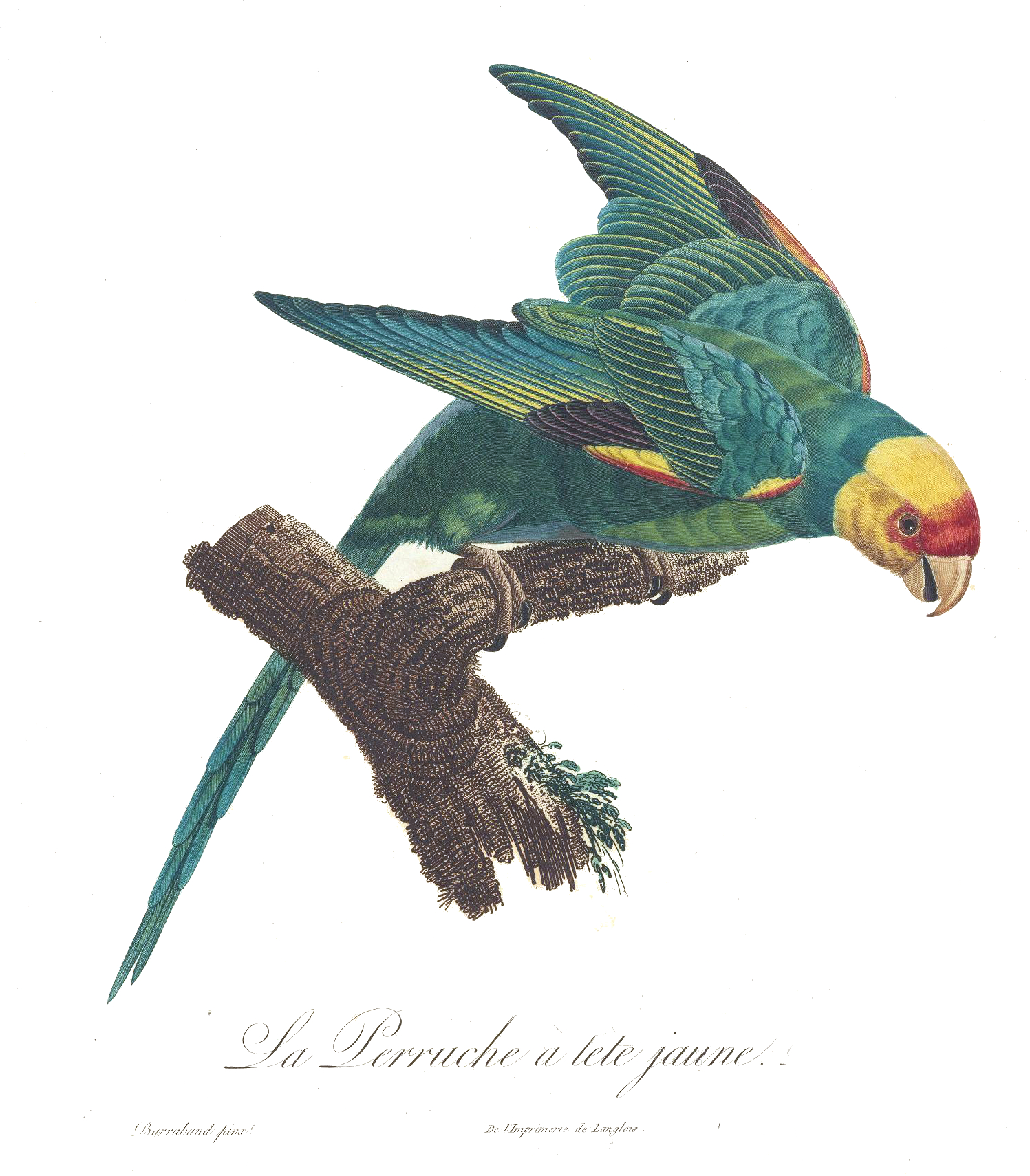
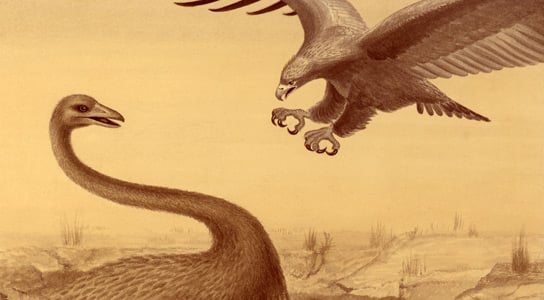
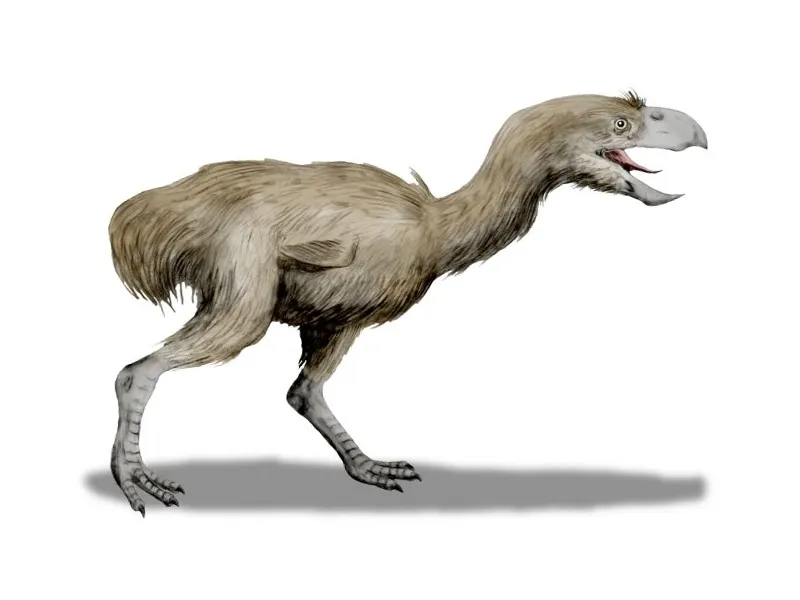
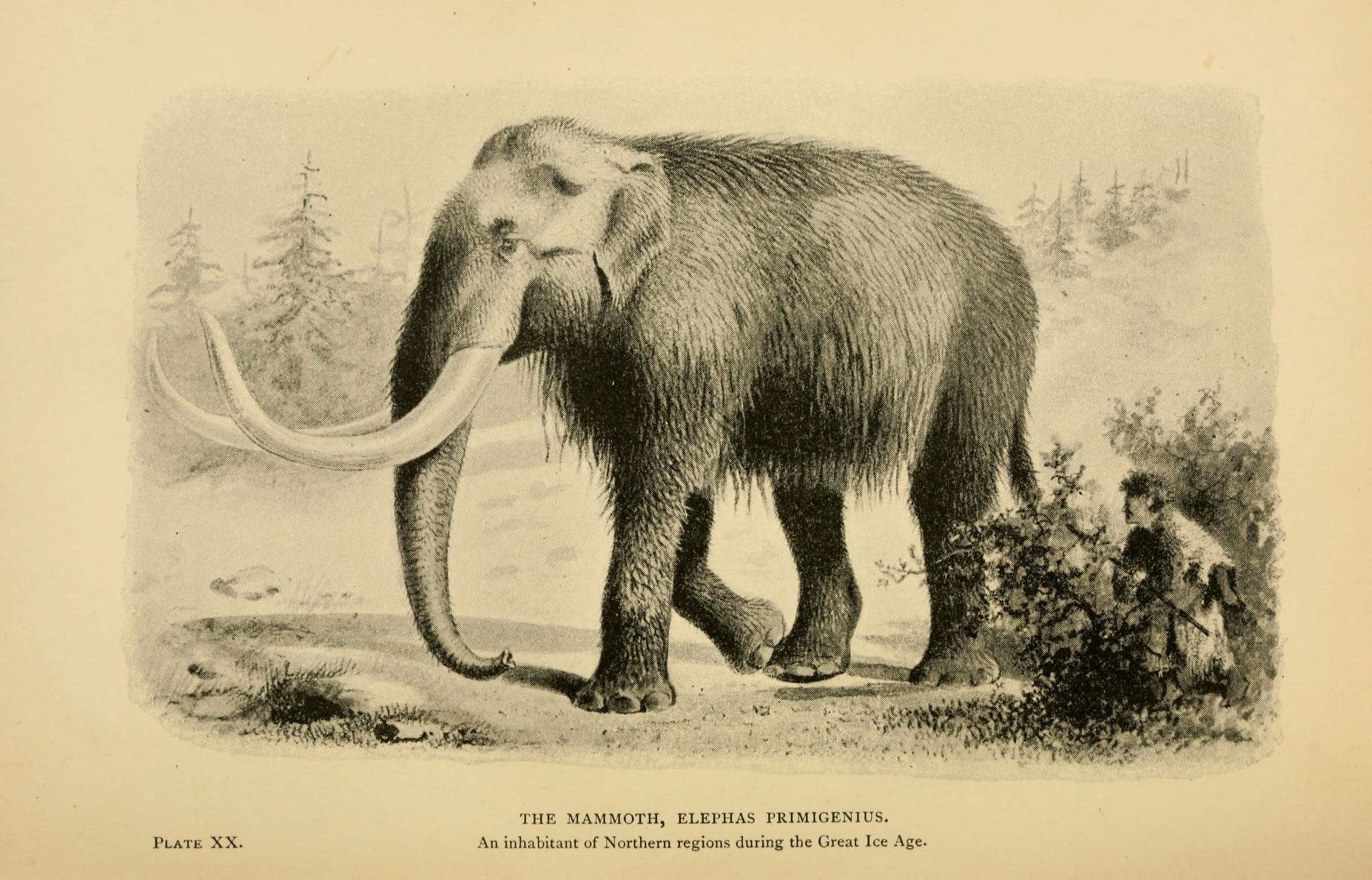
More to be added...
For your reference
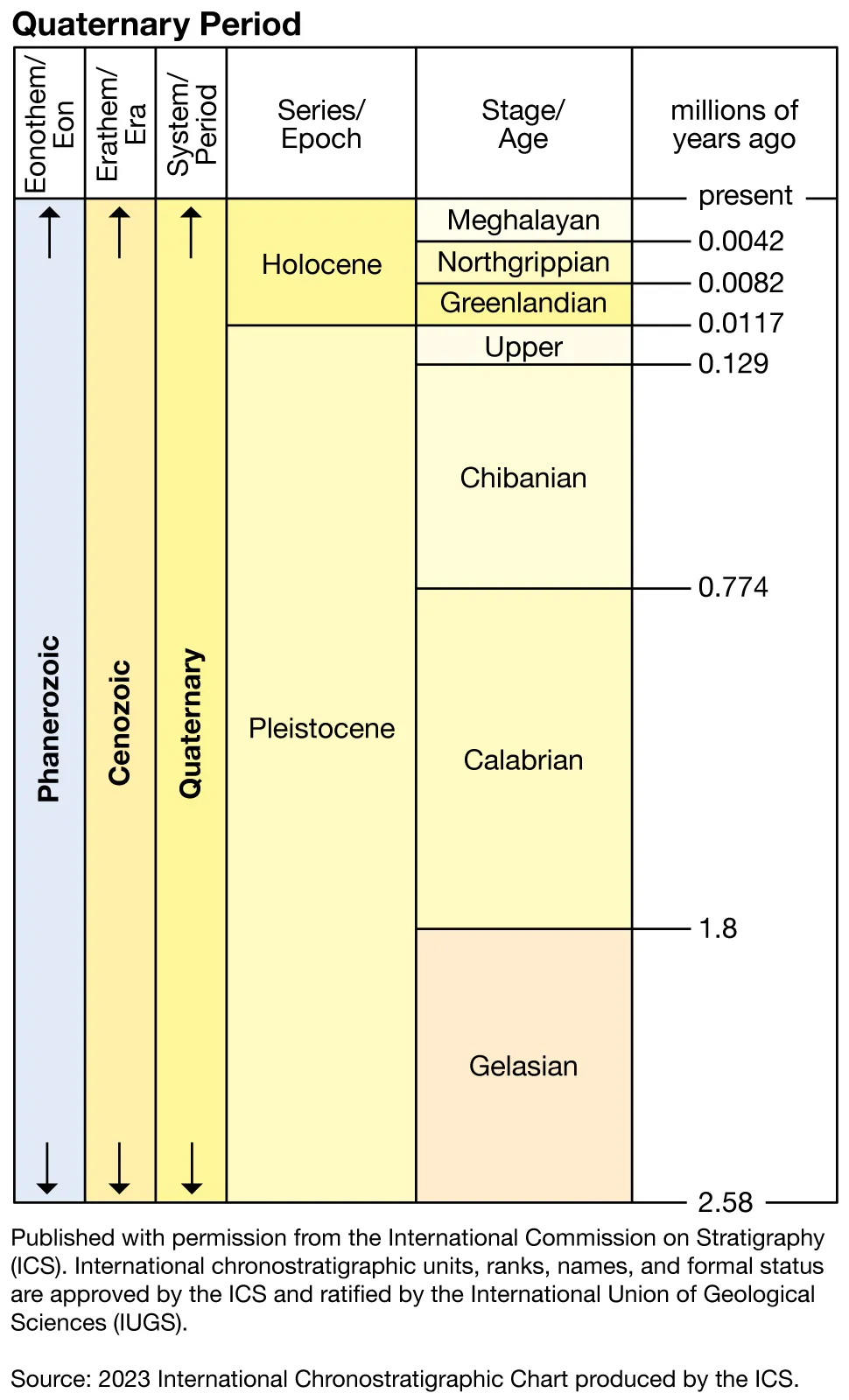
Hooray visuals!
A lot of the extinct animals I'm fascinated with co-existed with humans in pre-history. Some of these went extinct in more recent memory. When I'm talking about pre-history, I'm using the conventional sense of "humans prior to civilization or writing". To be a little more precise, I tend to be interested in the late/upper Pleistocene period, and up to about the Meghalayan period of the Holocene. A lot of these time periods are demarcated by ice ages, and I mostly am interested in right before and during the most recent ice age and afterwards, but before agriculture. This ends up being between roughly 129,000 BCE and 2251 BCE (about 4,250 years ago).
It is very confusing and visuals are very much a thing that help with understanding all this terminology and the ways all of these time periods break down. The chart on the left from Britannica is helpful to me, and Wikipedia's pages on the Pleistocene onwards and how the time periods are defined are really useful as well.
Abbreviations
Also note that on these pages I'm using "BCE" to stand for "Before Common Era", and the abbreviation "ka BP" to mean "x-thousand number of years before present". Figuring out where to start counting time in human civilization is always difficult and contentious, and I'm trying to stick with a system I'm pretty sure my readers are most familiar with, or at least easily able to adapt to. The "BCE" indicator really is just a half-hearted attempt to make the old "BC"—that is, "Before Christ"—more neutral without meaningfully changing the date system that we've come to rely on. It remains based on the Gregorian calendar that the Western world shifted to using in the 1580s, which was just a revision of the Julian calendar, and used the birth of Jesus of Nazareth as its starting point, the year 0. Turns out some monk did his math wrong, actually, and Jesus was probably born somewhere in about the year 4 through 7 or so, but no one wants to change all our calendars and date systems now. The main point is that if you understand the year "1945 CE" to be the year World War II ended and the Baby Boomer generation started being born, and that The Beatles first performed on The Ed Sullivan Show in November of the year 1963 CE—"CE" meaning, of course, "Common Era"—and you can understand the year 1950 BCE to be 1,950 years before the Common Era, aka 3,975 years ago...you'll be fine.
Pretty much any time you see BCE or CE will be referring to something that's within humanity's post-agricultural phase (aka "now-ish"). If you see "the gigantodon walked the earth about 150 ka BP", that's 150 thousand years prior to now, ie, 148,000 BCE, at which point exactly how many thousands of years doesn't really matter as much for our purposes. Just pay attemtion to the abbreviations so you see when I'm using BCE or CE vs "ka BP" and this should make sense.